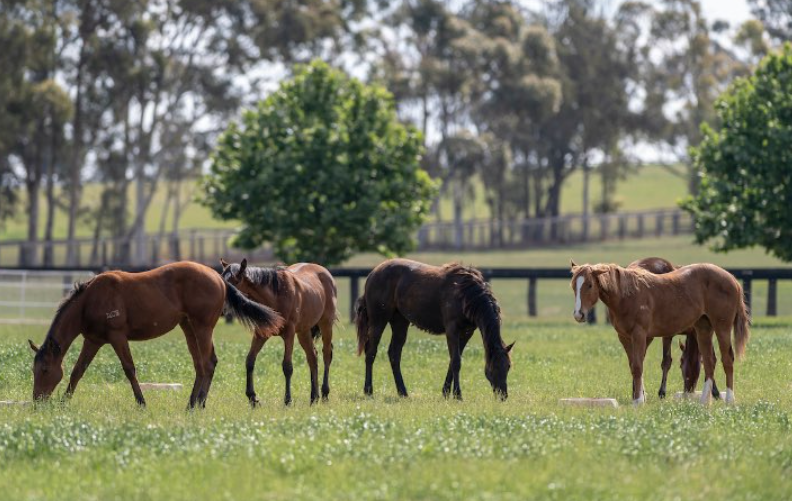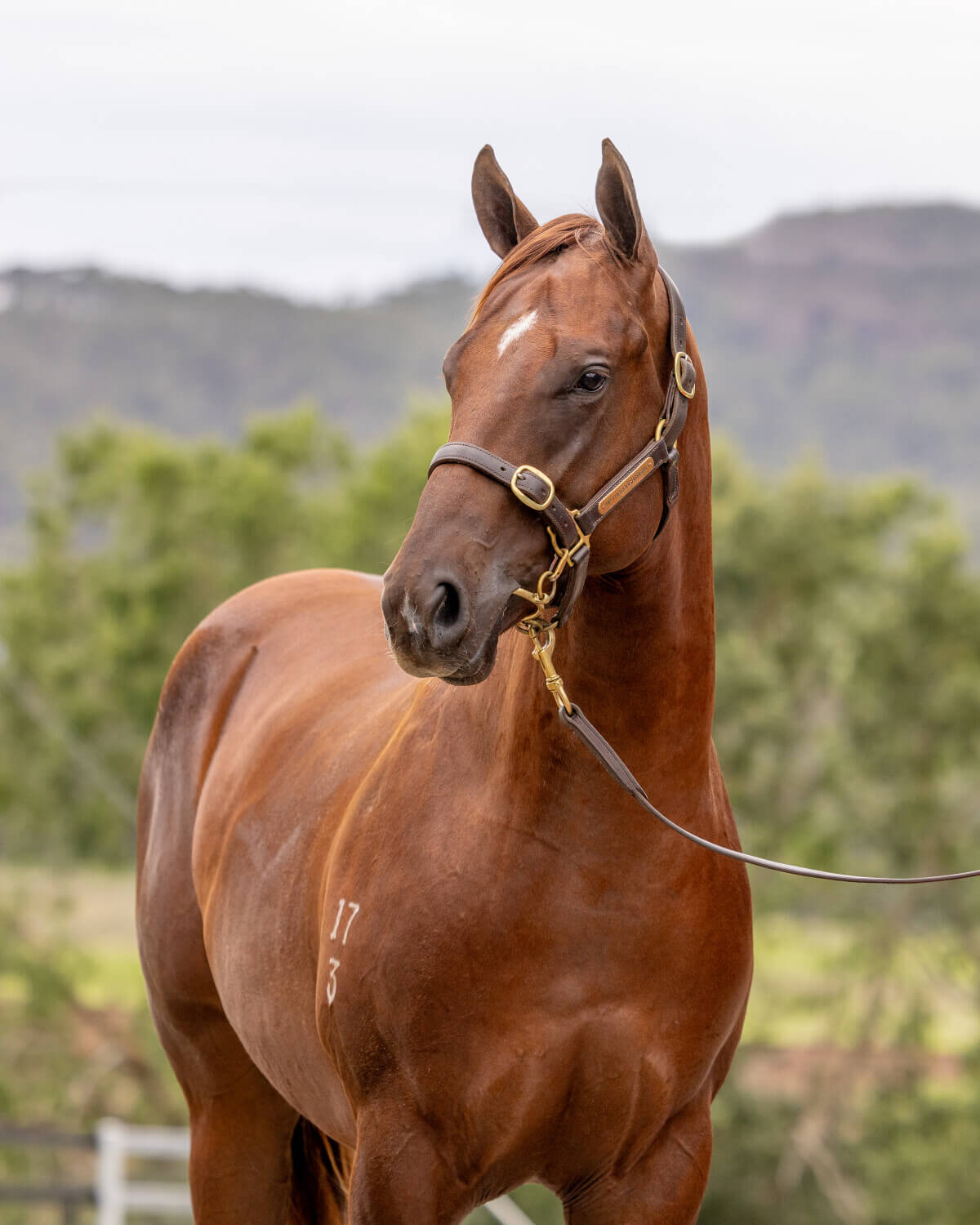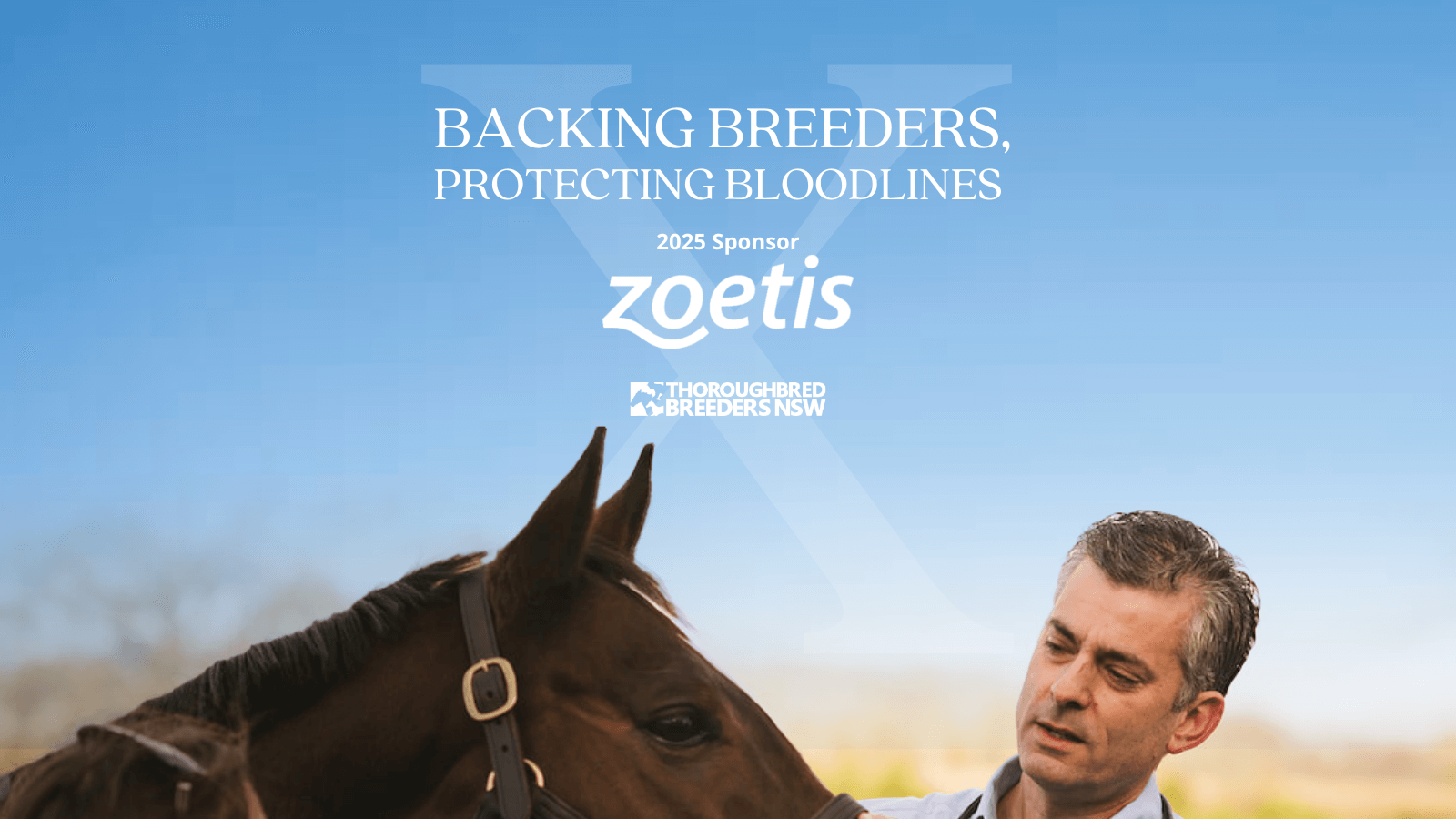Ever since the second half of the 17th century when farmers in Yorkshire and surrounds began selling the thoroughbred to the court of King Charles II and the Lords and gentry who created our sport on the chalklands of Newmarket, the market has rarely found the perfect balance between supply and demand.
Generally the market has been cyclic, but for the last forty years the trend on foal crop production has been downwards and the 2024 season looks likely to continue the decline.
Since the short-lived, stock market driven, global peak in thoroughbred breeding in the 1980’s and the demise of the ‘Celtic Tiger’ economy in Ireland, the two powerhouses of breeding have seen substantial falls in foals on the ground. In the US it has been particularly acute, numbers over 40,000 in the 1980’s are expected to come in around 17,200 for the 2022 crop factoring in late registrations.
In Australia where we have always ranked second globally by numbers, and New Zealand, the falls haven’t been as steep but are still significant. This is down to a number of factors but primarily a reflection of racing’s position within the fabric of our societies, whereas in America the sport is very much seen by the general public almost exclusively as a gambling outlet. Irrespective, for 2023 New Zealand has registered 2,744 foals at last count and Australia is expected to finish around the 12,800 mark when at their peaks both countries were knocking out 50 per cent more.
Down the years it always amazed me how, with evidence to the contrary, those supposedly with their finger on the pulse across the thoroughbred world would tell you, “it’s ok the numbers have bottomed out”. For once we might actually be getting to that point as, using the statistics on the Australian Stud Book website, and excluding the Covid fuelled 2021 season, the number of live coverings for 2022 fell 1 per cent against 2020 and 4.7 per cent against 2018. A single percentage point per year drop would appear manageable as long as advances in veterinary science and training practices can keep horses on the track longer.
What are we to expect in Spring?
So what might we expect in Spring 2024? Playing devil’s advocate the statistics (yes I’m conscious of the Mark Twain phrase of ‘lies, damn lies and statistics’) suggest those dealing with stock at the lower end of the market might require a sanity check, but then the economy they will be selling to in 2027 may well be a very different beast to the one we are wrestling with at the moment. The top end seems impervious to economic pain so up in those lofty heights it will be a case of ‘steady as she goes’.
With crystal balls in short supply we have to look back to try and see forward, starting with the results from this year’s yearling sales. The 2022 crop of yearlings were conceived off the back of the Covid sugar hit where all was thought to be rosy in the thoroughbred garden.
Wagering, and therefore prizemoney, had outstripped expectations while simultaneously some stallion owners had made the decision to reduce the pressure on breeders. A noble sentiment, not followed by all, but combined they created a stimulus to the marketplace with an extra 560 coverings, or 2.8 per cent, recorded by the ASB, bucking the decades old trend of decline. From that came an extra 252 foals with 49 more, or 1 per cent, making their way to the sale ring, a figure itself no doubt influenced by the rise of digital sales. The problem those breeders faced was they sent their yearlings to market at the same time economic factors such as mortgage rate hikes, were having the greatest effect. In the two and a bit years from conception to sale day, rates and sundry costs have spiked.
Determining a breakeven point
For the purposes of this article determining a breakeven point for the ‘average’ breeder was, as they say, very much a pineapple. Just how much a yearling costs depends on the service fee, whether the breeder owns a share in, or breeding right to, the stallion, whether the service can be acquired at below the advertised fee and at which sale the product is sold.
As individual details can’t be obtained I’ve looked at horses sold in 2024 through the live auctions of William Inglis and Magic Millions, not tried to separate the key costs by the sale date and not applied GST on the basis most commercial breeders can claim that back. I’ve also avoided insurance, but have applied the auction house 8.5 per cent to any sales and then sundry levies. Using advertised charges from a few farms I’ve applied a nominal number for production costs from births of $24,000, but that in itself doesn’t allow for expense incurred on the mare during gestation. The table below offers a brief summary of what the chances of a profit were.
| Returns | Offered | Sold | Passed In | % Showing ROI |
|---|---|---|---|---|
| Up to $20,000 | 2169 | 1756 | 413 | 44.40% |
| $20,001 to $40,000 | 1378 | 1121 | 257 | 48.50% |
| $40,001 to $60,000 | 674 | 547 | 127 | 58.70% |
| $60,001 to $100,000 | 406 | 349 | 57 | 67.90% |
| $100,001 plus | 408 | 335 | 73 | 70.10% |
Throw all that into a spreadsheet and hey presto; it makes for difficult reading, particularly at the bottom end. Using the auction house published figures for the purpose of this guide, of the 1,756 horses sold that were conceived by stallions standing at $20,000 or less, 977 or 55.6 per cent made a loss, and that doesn’t account for a further 413 lots that were passed in, the vast majority carrying reserves that would not have covered expenses.
Profitable yearlings
Surprisingly, the percentage of profitable yearlings in the $20k to $40k bracket only climbs to 48.5 per cent on smaller numbers, but from there to the elite end of the market your chances of a profit do climb significantly. Yes, there were some spectacular results achieved from modest covering fees, the $625,000 filly out of Cosmah Domination (Oratorio) from a $15,000 visit to Playing God the most notable. And there are plenty of examples where mares with modest credentials have more than held their own, but the vast majority of mares worthy of stallions at the lower reaches of the market would be significantly overbred if the breeder shelled out, say, $40,000. Spending that sort of money on mares that may have won a provincial maiden or has a few country victories to her credit demands she throws a cracking type for a fighting chance of breaking square.
The reality is general economic pressures have led to fewer buyers and far less demand. So just how many of those breeders will stump up again in 2024? Many play the numbers game, hoping one home run will cover any number of strike outs. But for the majority of breeders who treat the industry as a hobby, they won’t have the stock to operate in that fashion and a diminishing bank balance has to rule. That said, experience tells that the hardest thing for a breeder to truly digest is advice that that modestly bred and performed mare with the good bone and gorgeous head grazing serenely on the flats just isn’t worth sending to stud. In years past her progeny would most likely be fighting for attention from country trainers, but with prizemoney where it is they can now afford to be forage further up the thoroughbred food chain.
Using a concoction of guesswork and a smattering of anecdotal evidence, the current trend of a 2-3 per cent drop in mares covered will continue into this coming Spring. That said, it wouldn’t surprise me if it was as high as a tick over 4 per cent, but let’s be optimistic. In coming articles we’ll look at what that might mean for farms standing stallions at the lower end of the market, the possibility of long term consequences for field sizes and wagering, how dependent we might become on imports, what impact advances in veterinary science and increased prizemoney levels are having on the longevity of racing careers and so the number of yearlings required each season, what it might mean for aftercare programs and what the industry might look like in five years’ time.
This article was written by Glen Latham for TTRAusNZ.




